By: Sameer Lalwani; Happymon Jacob January
NEW DELHI IS NOT DONE WITH THE KREMLIN YET
Sameer Lalwani
After Russia invaded Ukraine in February 2022, many of the world’s major democracies lined up to condemn Russian aggression and rally to Ukraine’s defense. India did not. It abstained on key votes at the United Nations and refused to denounce its longtime partner. The backlash that ensued was striking; numerous governments expressed frustration with India for its reluctance to condemn the indefensible.
Some observers have suggested that, as a result, India may be changing course; they see signs that it may finally be considering breaking with Russia. In September, Indian Prime Minister Narendra Modi told Russian President Vladimir Putin that “today’s era is not of war”—remarks that seemed to admonish the Russian president and which U.S. Secretary of State Antony Blinken described as “significant.” In Foreign Affairs, political scientist Happymon Jacob explained that New Delhi is “withdrawing from its long partnership with Russia” and aiming to hew more closely to the United States. In this reading of events, India is turning its back on Russia and concluding that it needs to strengthen its ties to the West.
But at least some of these expectations remain aspirations more than real possibilities. U.S. policymakers need to plan around the reality of enduring Indian-Russian ties, which Foreign Minister S. Jaishankar extolled as “strong and steady” during a visit to Moscow in November. India should diversify its partnerships away from Russia, given the latter’s disregard for territorial sovereignty, its growing dependence on China, and the unreliable weapons Russia supplies. But despite Russia’s bad behavior, India is not ready to jettison such an important partnership. U.S. policymakers should help India realize that Russia is a liability, but they should not penalize New Delhi for its continued relations with Moscow as long as they can count on India to play a larger and more active role in countering Chinese aggression in the Indo-Pacific.
FALSE DAWN
Analysts have divined evidence of India’s attempt to distance itself from Russia in the words and deeds of its officials. They point to Modi’s verbal confrontation with Putin in September, some votes opposing Russia at the United Nations, and the cancellation of billions of dollars in Russian weapons purchases, including fighter aircraft and helicopters. However intriguing, these developments do not, in truth, indicate that New Delhi has taken a definitive turn away from Moscow.
The Washington Post cast Modi’s comments to Putin in September as a “rebuke.” Yet Modi’s statement was less an admonishment of Russian policy and more an expression of concern about rising food and energy prices. Several Indian assessments have cautioned against overinterpreting Modi’s comments, pointing out their consistency with past Indian positions criticizing the war’s costly impacts on the global South. India did side with the West on some procedural votes at the UN, such as the one in September to allow Ukrainian President Volodymyr Zelensky to address the UN General Assembly. But India reverted to abstention in a more substantive October vote on Russia’s illegal annexation of four Ukrainian provinces.
It is also true that, earlier this year, India canceled several agreed purchases of Russian weapons, such as the MiG-29 fighter plane. But that decision had less to do with Russia than with trying to boost domestic arms production. The Indian government had already planned to scrap those deals (along with the purchase of Boeing P-8I aircraft from the United States) months before Russia’s invasion to instead transition to using indigenous equipment as part of its “Self-Reliant India” initiative. India has not canceled other major procurements of Russian arms, such as S-400 air defenses, stealth frigates, and nuclear submarines, which will keep New Delhi tethered to Moscow for decades. In truth, India cannot break with Russia; the latter serves too important a role in Indian geopolitical calculations, supports much of India’s military arsenal, and remains popular among Indian political elites.
STAYING POWER
India has long counted Russia an invaluable partner in its strategy of “multi-alignment,” in which New Delhi refuses to form exclusive alliances with any great power in the hope of maintaining productive strategic partnerships with several. Indian leaders believe this strategy remains sound because Western analysts have misjudged Russia in several important ways.
My research has found that despite the force of Western sanctions, Indian national security officials believe in Russian staying power. They expect Europe to buckle under the pressure of inflation and energy shortages and Russia to be buoyed by rising commodity prices. After all, Indian companies are investing in Russian energy projects, such as the extraction of oil and gas in Sakhalin, in the Russian Far East, and doubling down on future collaborative research and the development of some defense technologies, including the BrahMos cruise missile. Indian leaders also believe that the war in Ukraine will most likely become a military stalemate, ended by a negotiated cease-fire and then a future settlement that would allow Russia to reintegrate into the international community.
New Delhi is also convinced that the Kremlin will remain a significant geopolitical power that can help India. Russia can still provide India with diplomatic backing in the UN Security Council and command considerable influence in India’s broader continental neighborhood. India still counts on Russia for missile technology, for nuclear reactors used in submarines, and for hypersonic weapons. Moreover, Indian officials expect to be able to squeeze more out of the relationship with Russia as the Kremlin falters, just as India did after the fall of the Soviet Union, when the two countries formed the joint venture of BrahMos Aerospace. And they fear few repercussions for this course of action; Western countries have balked at penalizing India’s decision to maintain ties with its old partner.
Some observers have suggested that India will back away from Russia because it is growing too close with—even dependent on—China. But in contrast to their Western counterparts, Indian officials do not think that crushing sanctions will force Russia into China’s arms because tensions persist in the Chinese-Russian relationship, including over Central Asia and the Arctic. In the view of Indian planners, India can be a wedge between Russia and China, allowing Moscow to retain some autonomy in its foreign policy and not settle for the role of junior partner to Beijing.
MUDDLING THROUGH
India’s military depends on Russia for most of its combat and strike capabilities. The invasion of Ukraine created a supply shock to the servicing of India’s largely Russian arsenal by limiting or delaying access to spare parts and upgrades. India did not, however, take any drastic measures to accelerate the gradual diversification of its military equipment by cutting its use of Russian materiel and purchasing replacements. Although India remains concerned about the poor performance of some Russian weapons platforms, as well as its ability to access spare parts, it has no plans to rapidly overhaul its Russian weapons systems by turning to alternative foreign suppliers. With India’s borders enjoying a modicum of stability after border crises in 2019 and 2020, Indian strategists can countenance lower operational readiness over the next few years, even if that means living with some vulnerability.
In the near to medium term, India plans to muddle through with existing stocks, drawing from the secondary market of Russian parts and leaning on its own domestic production of military equipment. It will work with Russia to fulfill outstanding delivery commitments and selectively pursue contracts with Western defense companies that bolster the indigenous Indian defense industry. In the long term, India wants to become largely self-sufficient in its defense needs and no longer be dependent on external suppliers.
Even as India aims to diversify its arsenal and achieve self-sufficiency over the next 20 years, it will need Russia for several critical technologies. India’s Sukhoi-30 fighter aircraft will remain the backbone of its air force for several decades but cannot be maintained or upgraded without crucial Russian contributions. India’s most significant defense export—the BrahMos antiship cruise missile currently marketed to Southeast Asian countries to deter China—uses Russian propulsion technology. As long as the Kremlin controls critical elements of India’s advanced weapons systems—most notably India’s fighter aircraft, cruise missiles, and submarines—it wields considerable leverage over New Delhi.
INDIA’S NUMBER ONE FRIEND
Beyond these material considerations, some shared ideological orientations will keep India friendly with Russia. Indian and Russian officials espouse a “polycentric” vision of global order, in which no single hegemon holds sway and great powers maintain their own spheres of influence. Both New Delhi and Moscow believe that such a basis for international order is more stable than one lorded over by one or two superpowers.
Indian political elites also maintain an affinity for Russia rooted in decades of cooperation with the Soviet Union. Two months after the Russian invasion, Yoga Jyotsna, an Indian foreign policy scholar, suggested that in the opinion of members of “the armed forces and perceptive analysts, Russia stands number one as India’s friend.” Rajeswari Rajagopalan, a director at a major Indian think tank, has argued that “the strategic sympathy for the Soviets and Russia still continues not just among the political class but also . . . among the larger public” because of the romanticization of historic Russian support for India. The Indian foreign policy establishment does not condone Russia’s invasion, but seasoned officials advising the government on national security consider multiple parties—including NATO—responsible for the current crisis and will not put all the blame on Russia.
The Indian public also sympathizes with Russia. A majority of Indians surveyed in a July poll refused to describe the Russian invasion of Ukraine as wrong. A September 2022 survey of over 1,000 Indian adults found that Indians blame the Russian invasion of Ukraine as much on the West as on Russia, and most do not believe that Russian victory would make the world more dangerous. Public attitudes in India diverge sharply not only from those in European countries and Australia and Japan but also from those in emerging markets such as Brazil and South Africa.
AN UNCOMFORTABLE REALITY
As Jacob and other analysts have suggested, the Indian-Russian relationship is on a long-term downward trend. But the transition will be slow. India’s incremental distancing from Russia will only occur in a prolonged time frame, maybe decades, that provides little utility for U.S. policymakers to shape Russia’s near-term decision-making. (The exception may be any Russian use of nuclear weapons that could shock New Delhi’s calculus, although Indian diplomats see the likelihood of that escalation as “minimal”).
Despite India’s abiding ties to Russia, its strategic partnership with the United States retains a compelling logic. India knows the United States stands out as the most important partner for its own economic and technological developments. Washington can still gain plenty from New Delhi’s active cooperation. Western policymakers have bet big on India as the most important swing state in the international system to balance the rise of China and support a rules-based order. But India is more narrowly concerned with the Indo-Pacific balance of power. If U.S. policymakers can continue to count on India to meaningfully and visibly balance against China in its neighborhood, it will be easier for the United States to accept the costs of India’s enduring partnership with a diminishing Russia.
SAMEER LALWANI is a Senior Expert with the Asia Center at the U.S. Institute of Peace and a Nonresident Senior Fellow at the Center for Strategy and Budgetary Assessments.
JACOB REPLIES
I fear Sameer Lalwani is underestimating the tectonic shift underway. Last December, I went on a weeklong visit to Russia. I returned to New Delhi with the firm belief that while Russia and India may have few bilateral disagreements and are still fond of each other, structural factors and geopolitical complexities are already diminishing the strength of the relationship. Even many Russian analysts recognize that factors beyond the control of the two governments may further complicate the ties.
Moreover, what stood out to me from all the feedback I received in India on my original piece in Foreign Affairs last September was the near-consensus that concerns about China are encouraging Indian policymakers to steer away from Russia and that the Ukraine war is only accelerating that trend. The decades-old close partnership between India and Russia is no more, replaced with a transactional relationship that will likely grow ever more distant in the coming years.
UNEXPECTED BURDENS
The Ukraine war marks perhaps the first time in recent years that India has had to make an uncomfortable choice between Russia and its U.S. and Western partners. That choice places an unexpected burden on Indian diplomacy and the country’s policy of multi-alignment. New Delhi’s ambivalent position at the outset of the war actually won it a lot of attention in the shape of high-level visits from Western powers and from Russia. But the diplomatic spotlight will not rest on India for long, and the systemic implications of this war for the country may be negative and far-reaching. For one, New Delhi will have less room to maneuver in a world divided into opposing camps. Second, the war’s effect on global commodity prices is already hurting the Indian economy. This sobering reality is not lost on Indian policymakers.
Yes, New Delhi continues to purchase cheap Russian oil and has devised methods for trading with Moscow that circumvent Western sanctions. But that is foreign policy opportunism born of sheer necessity. India will continue to maintain transactional ties with Russia and trade with the country. But it will also continue to move away from Russia in accordance with its grand strategy of hewing closer to the West to balance China.
Apart from defense-related trade, the bilateral relationship today has little ballast. As Pavan Kapoor, the Indian ambassador to Russia, pointed out last December, bilateral trade “has become too one-sided” in Russia’s favor and therefore “unsustainable.” (Russian exports account for roughly two-thirds of trade between the two countries.) Political relations without strong economic underpinnings can only go so far.
HEADING SOUTH
But larger factors than bilateral trade suggest the downward trajectory of the relationship. China tops the list of concerns. Beijing is driving a wedge between Moscow and New Delhi. The closer China and Russia get, the more India will pursue other strategic partners.
The course of the Ukraine war will definitively shape the future of Indian-Russian relations. A Russian defeat might lead to Moscow’s greater dependence on Beijing—and New Delhi’s further estrangement. Conversely, if the Ukraine war ends in the near future with an acceptable outcome for the Kremlin and the West, Russia will have to rely less on China and be able to tentatively reenter the international mainstream. In such circumstances, New Delhi would view Moscow as an important pivot for its geopolitical strategies on the Asian continent and seek to maintain a close relationship. But if the Ukraine war simply drags on and keeps taking a toll on Russia, New Delhi’s relationship with Moscow will deteriorate; India will feel compelled to find more reliable partners to replace a depleted and weakening one. At the moment, this scenario appears the most plausible, and that calculation has prompted India to initiate a gradual process of decoupling.
Another factor that will determine India’s relationship with Russia is the reliability of Russian weapons supplies. For one, India will reduce its dependence on Russia as it cultivates other sources of advanced defense equipment. Thanks to the war in Ukraine and sanctions on the export of semiconductors to Russia, Moscow has been unable to deliver certain weapons systems to India, a shortcoming that will dampen New Delhi’s enthusiasm for Russian arms. Russia is already behind in the shipment of promised supplies including S-400 air defense systems and Talwar-class stealth frigates. Another factor to consider is the prospect of a semiconductor-starved Russia entirely reliant on Chinese chips in its weapons systems. It is fair to assume that India will be very wary of importing arms powered by Chinese chips.
END OF THE ROAD
Lalwani writes, “As long as the Kremlin controls critical elements of India’s advanced weapons systems,” it “wields considerable leverage over New Delhi.” But that is not the case. India’s current dependence on Russian weapons does not really curtail its freedom to make autonomous strategic decisions.
In recent years, New Delhi has sharply reduced its dependence on Russian arms without triggering any adverse reactions from Moscow. With the war raging and other external markets shrinking, the Kremlin just wants to generate much-needed revenue from India, not influence the country’s strategic position. In other words, Russia needs India’s money as much as (maybe even more than) India needs Russia’s weapons.
Lalwani refers to how the Indian foreign minister, S. Jaishankar, “extolled” India’s “strong and steady” ties with Russia during the foreign minister’s visit to Moscow in November. Let’s look at the visit closely. Whereas Russia was eager to highlight “multipolarity” and “special” and “privileged” ties, Jaishankar struck a more pragmatic note, emphasizing economic cooperation, calling for “more balanced” and “sustainable” ties, and raising the issue of the bilateral trade imbalance and “impediments” on the Russian side. Jaishankar also stated that the world was too interdependent for conflict in one region to not have “major consequences in other regions.” Noticeably, neither side mentioned any future military cooperation.
Consider also Jaishankar’s latest statement in Vienna earlier this month: “Nobody really needs this war. We don’t need wars at all.” The message from New Delhi is clear. It does not condone Russian actions in Ukraine, and in many ways, it has clarified that it disapproves of the invasion.
The long-standing Indian-Russian partnership has become a transactional one steeped in uncertainty. Yes, it may continue this way for some time yet, but should Russia fail to deliver on its defense promises to India, and should Indian officials grow increasingly alarmed by Russia’s ties with China, expect New Delhi to only push Moscow further away.
(Source: Foreign Affairs)




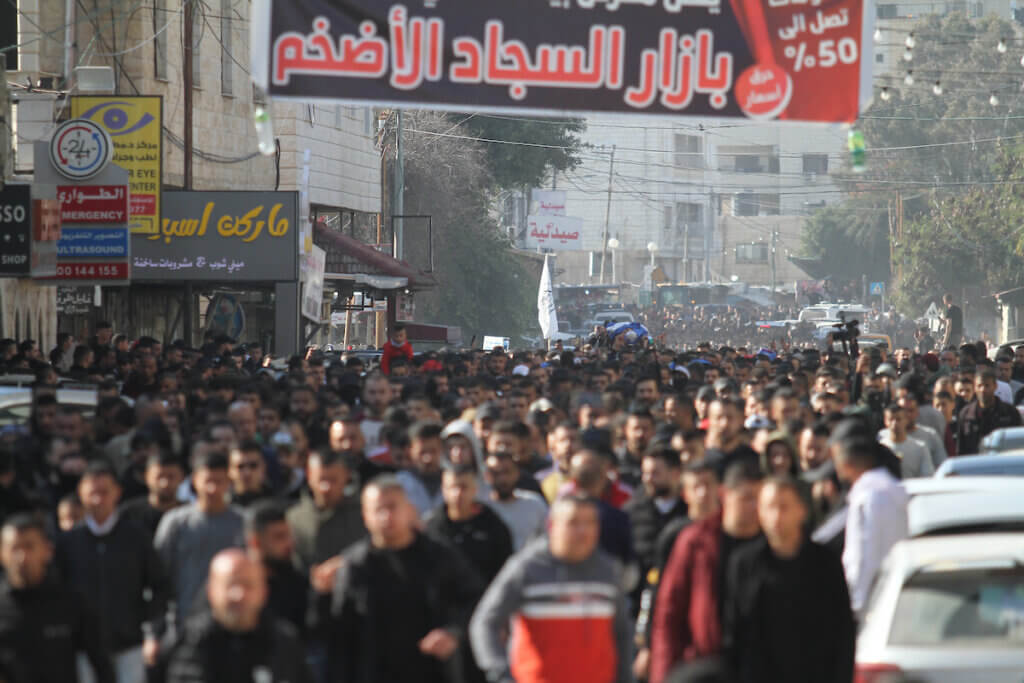

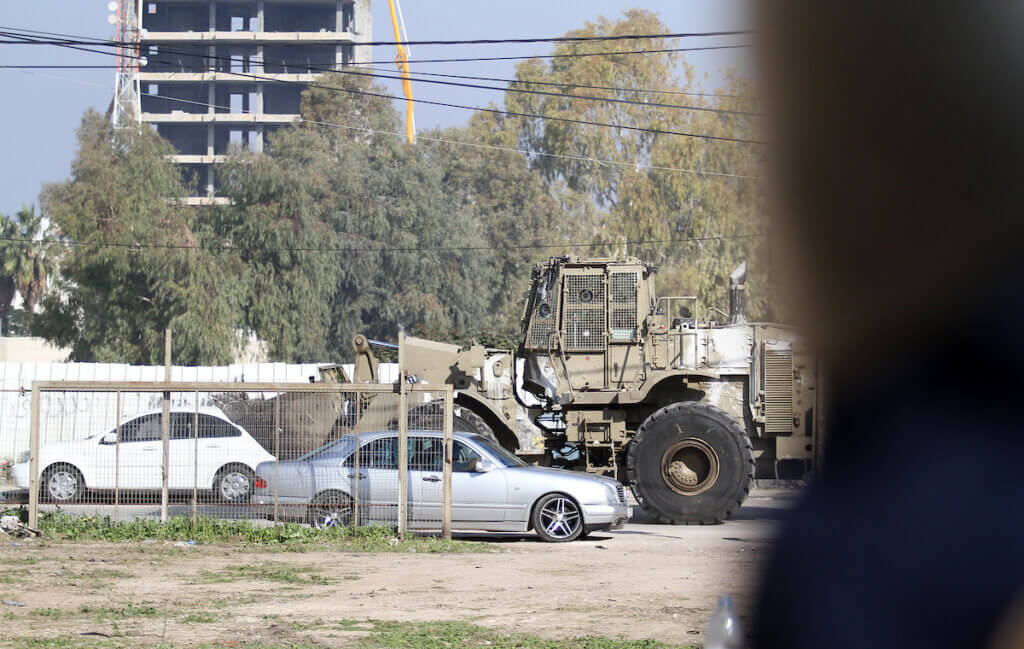 THE ISRAELI ARMY INVADES THE WEST BANK CITY OF JENIN ON JANUARY 26, 2023. (PHOTO: AHMED IBRAHIM/APA IMAGES)
THE ISRAELI ARMY INVADES THE WEST BANK CITY OF JENIN ON JANUARY 26, 2023. (PHOTO: AHMED IBRAHIM/APA IMAGES)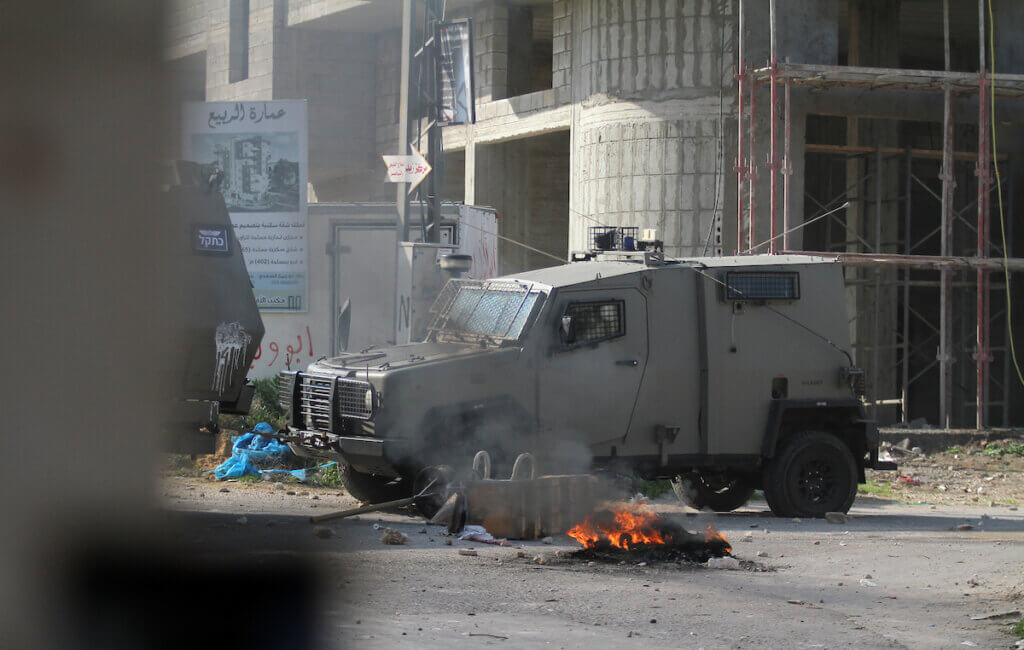 THE ISRAELI ARMY INVADES THE WEST BANK CITY OF JENIN ON JANUARY 26, 2023. (PHOTO: AHMED IBRAHIM/APA IMAGES)
THE ISRAELI ARMY INVADES THE WEST BANK CITY OF JENIN ON JANUARY 26, 2023. (PHOTO: AHMED IBRAHIM/APA IMAGES) PALESTINIANS CLASH WITH ISRAELI ARMY IN THE WEST BANK CITY OF JENIN ON JANUARY 26, 2023. (PHOTO: AHMED IBRAHIM/APA IMAGES)
PALESTINIANS CLASH WITH ISRAELI ARMY IN THE WEST BANK CITY OF JENIN ON JANUARY 26, 2023. (PHOTO: AHMED IBRAHIM/APA IMAGES)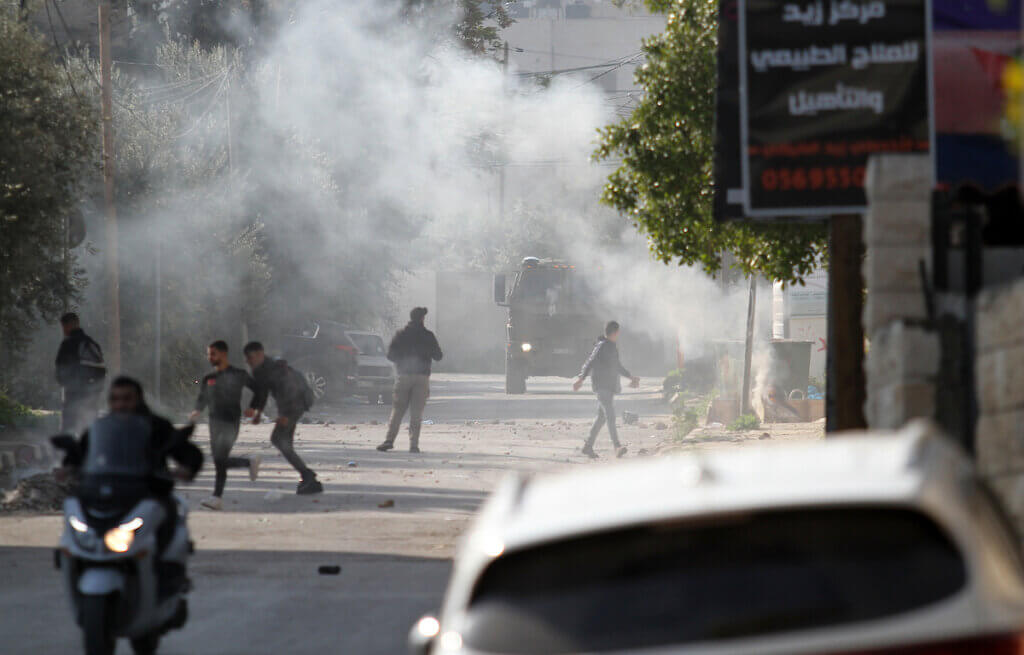 PALESTINIANS CLASH WITH ISRAELI ARMY IN THE WEST BANK CITY OF JENIN ON JANUARY 26, 2023. (PHOTO: AHMED IBRAHIM/APA IMAGES)
PALESTINIANS CLASH WITH ISRAELI ARMY IN THE WEST BANK CITY OF JENIN ON JANUARY 26, 2023. (PHOTO: AHMED IBRAHIM/APA IMAGES)
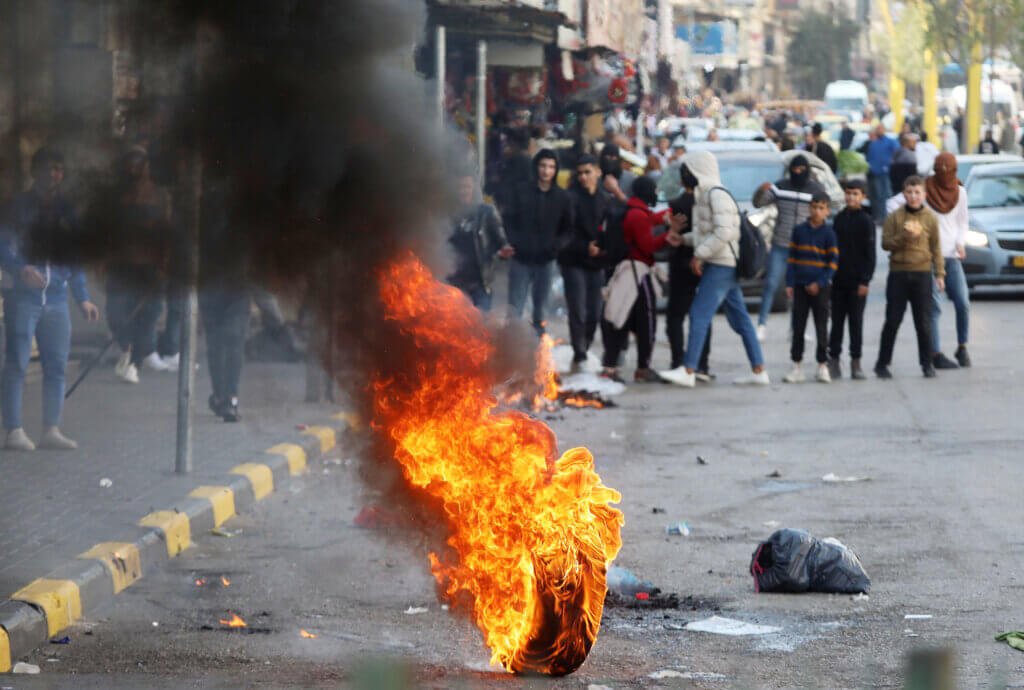






![Ben-Gvir is seeking a prominent spot within Netanyahu's next coalition - Cartoon [Sabaaneh/Middle East Monitor]](https://i0.wp.com/www.middleeastmonitor.com/wp-content/uploads/2022/11/IMG_5791.jpg?resize=500%2C310&quality=85&strip=all&zoom=1&ssl=1)



